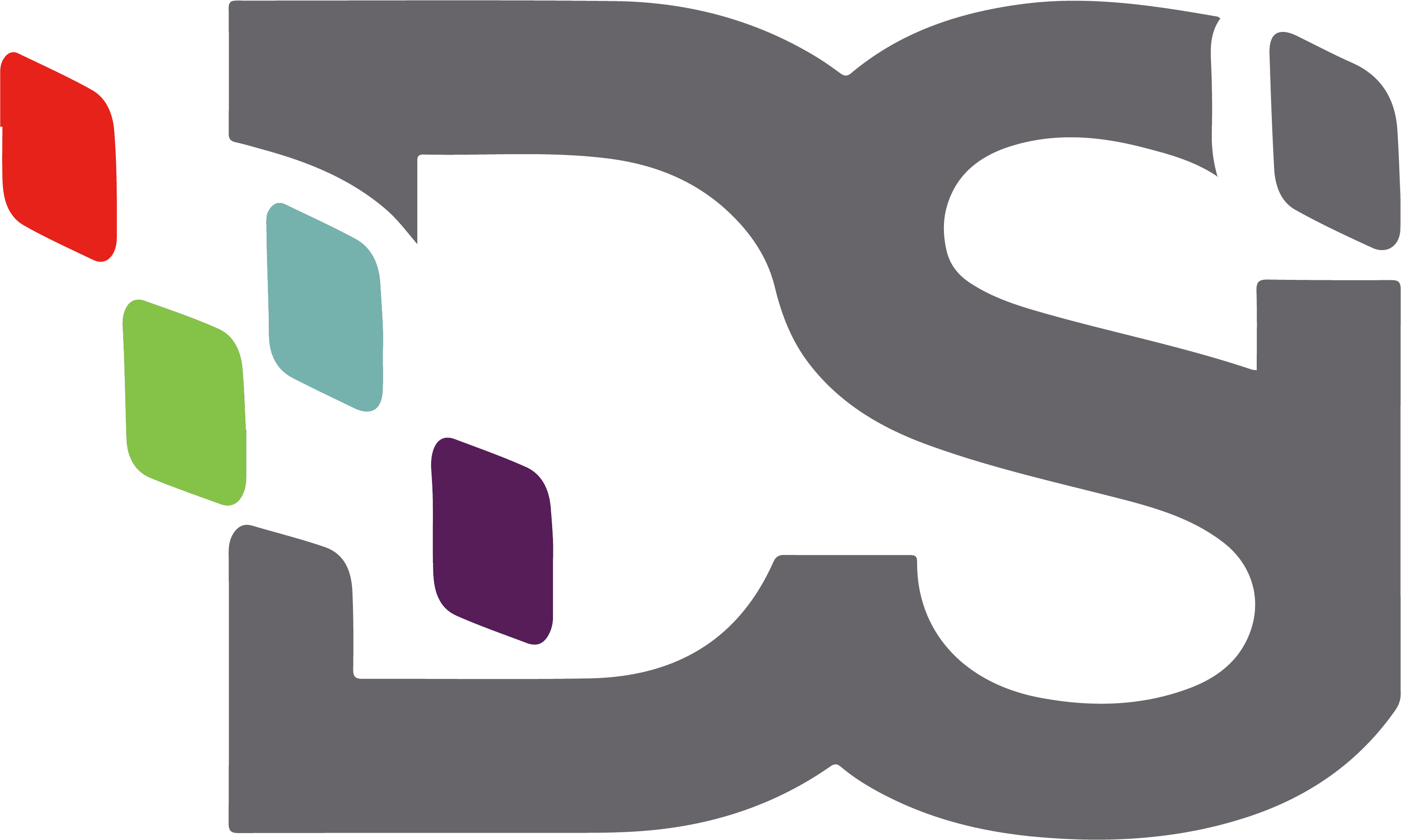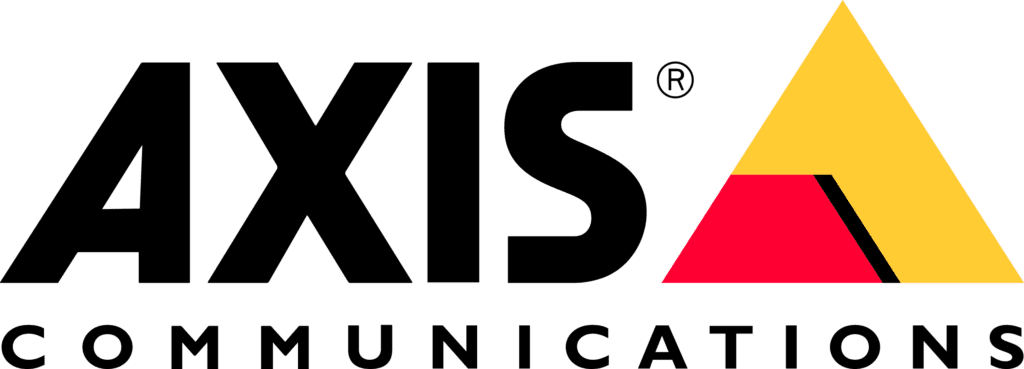
Document management it’s something of a buzzword in the office technology industry. After all, documents are the lifeblood of business and few, if any, organizations exist which don’t use documents in some form. However, with so many pieces of information floating around in physical and digital forms, companies need document management to keep it all in order, organized, and easy to access.
However, what exactly constitutes document management? Depending on the environment, that term can mean a few different things. Read on to begin breaking down what document management means and why it matters for business.
The Aspects of Document Management
Document management is one of the more dynamic and customized processes which exists in an office. If it was possible to break down document management into its components, it would look something like this:
1. The Document Life Cycle
The document life cycle comprises every form or version through which a document passes during its lifetime in an organization. Typically, it’s broken down into six major parts:
– Capture. The document is captured via physical acquisition, scanning, creation, or some other way. Essentially, the document has now entered the document process.
– Index. The document is classified, categorized, and assigned to a place or to an individual.
– Access and retrieval. The document is accessed and retrieved for its intended use.
– Collaboration. The document is reworked, passing through hands as it approaches its final state.
– Transmission. The document is transmitted, or sent, to the appropriate recipients.
– Disposal or archival. Once no longer needed, the document is disposed of or destroyed, in the case of unimportant items, or archived such as in the case of invoices, contracts, or other pieces of information.
2. Automation
At its core, document management makes the document life cycle more efficient. Therefore, automation has become a primary driver of efficiency. Through leveraging it, offices can take a more hands-off approach towards tasks such as filing or transcription low-impact and laborious projects that keep employees from completing more valuable activities.
3. Mobile Workforce Solutions
The modern business reality is mobile. People, technology, and documents move about at an incredibly rapid pace and employees need to be ready to handle whatever they encounter at a moment’s notice. Mobile solutions for document management such as the ability to capture a document via smartphone, or to access it from any device through a cloud portal, improve efficiency and connectedness.
4. Integration
The document life cycle means that documents need to be able to flow between one platform and the next, seamlessly without error. However, it’s impractical let alone impossible for a company to build these features from the ground. As such, features such as extended third-party application support fill in the gaps and provide a means to integrate all aspects of document management with the wider office environment.
5. Storage
Finally, documents need to be stored. Traditionally, this involved a filing cabinet. Today, businesses are more likely to use cloud solutions or dedicated server storage to make sure that all necessary pieces of information remain organized and provide easy access.
How DMS Differs from Other Managed Services
Document management differs from other managed services because of the nature of these aspects. In particular, managed document services:
Are Not Separate from Other Processes
It’s difficult to point to a specific set of discrete services as existing solely as document management solutions. The integrated, mobile document life cycle means that a document management solution may also include strategies which appear to fall more into the realms of managed print or IT services. For example, a document management solution may involve leveraging certain features on a preexisting MFP or implementing new devices such as scanners or fax machines to assist with certain processes.
Reflect a Process, Not Technology
Managed print service revolves around amplifying the productivity of printers. Managed IT services target the IT infrastructure of a company. In contrast, document management focuses on the document process itself what a company does with those documents, and what it needs those documents to do. As such, these managed solutions can be highly customized and vary significantly.
Next-Generation Document Management With DSI
Keeping track of documents and data is harder than ever, especially considering the many paths which each piece may take as it flows through a company’s core. A solid document management system significantly eases this challenge, providing invaluable support and the refinement of workflow processes.
However, it’s not enough to simply work with a document management solutions provider. To truly achieve the full benefits available from such strategies, companies should choose a provider which understands the nature of document management. Unlike managed print or IT services, document management focuses on processes and those processes are as unique as the business which created them.
DSI specializes in providing cutting-edge document management solutions for clients in New Mexico. Contact us today to get started.

Jocelyn Gorman, the Executive Vice President of DSI, possesses a deep understanding of the unique requirements of growing businesses. With over a decade of experience collaborating with clients across various industries, she closely collaborates with her Sales Team to develop and implement tailored technology solutions. These solutions aim to enhance office productivity and minimize operational costs. Her remarkable ability to effectively address business challenges has garnered recognition from prestigious publications such as the Cannata Report and Family Business Magazine.


































